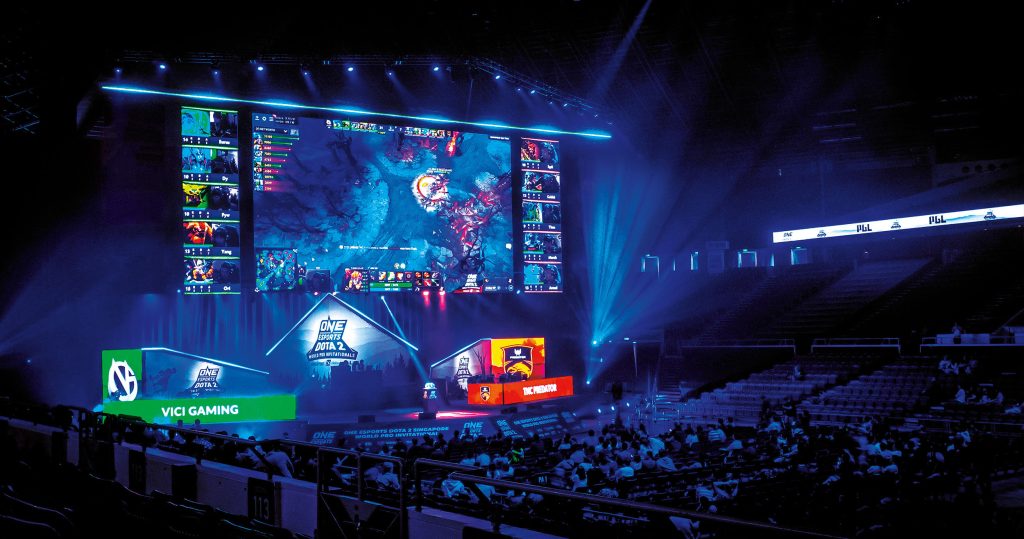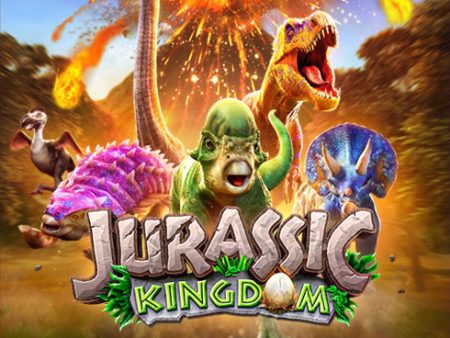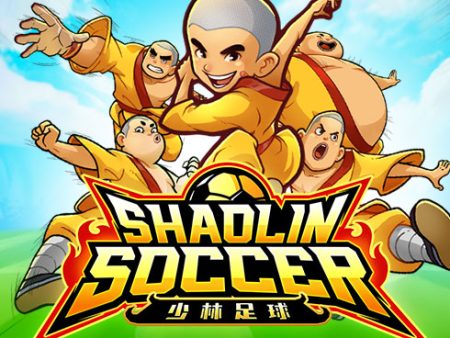Discover the epic journey of eSports with MayaGame! From the first video game battles to today’s multi-million-dollar tournaments, explore how gaming evolved into a global phenomenon
The Birth of eSports:MayaGame Charts the Journey from Arcade Games to Global Tournaments

If you’re eager to dive into the world of eSports, join us on a journey through time as we explore the biggest milestones in the history of competitive gaming and uncover the fascinating origins of this global phenomenon with MayaGame.
The Origins of eSports with MayaGame
So, where did eSports begin? It all starts with the invention of video games.
The first video game appeared in 1947, but competitive gaming didn’t take off until the mid-1950s. A pivotal moment came in 1958 with the launch of “Tennis for Two,” a two-player game that marked the first steps in eSports history.
Jumping ahead to the 1970s, consoles and arcade games took the gaming world by storm. In 1972, the first home console connected to a TV, and arcades soon followed, letting players gather to enjoy classics like Pong.
This era laid the groundwork for the games that MayaGame fans know and love today.
Key Moments in eSports’ Rise
Here are some of the major milestones in eSports’ rise, charting the timeline from early tournaments to major global events:
- October 19, 1972: The first eSports tournament took place at Stanford University. Players competed in “Spacewar!” in the “Intergalactic Spacewar Olympics” with 24 participants.
- 1980: The “Space Invaders” tournament drew 10,000 players, making it a historic eSports milestone.
- 1982-1984: The TV show Starcade aired in the U.S., featuring contestants battling in arcade games and competing for high scores across 133 episodes.
- 1984: Track & Field sparked an international competition hosted by Konami, attracting over a million players across Japan and North America.
- 1990s: Fighting games such as Street Fighter and Mortal Kombat grew popular, with Street Fighter II credited with pioneering direct player-versus-player (PvP) gameplay.
- 2000: South Korea’s Ministry of Culture, Sports, and Tourism founded the Korea e-Sports Association (KeSPA) to promote and regulate eSports.
- 2004: The Evolution Championship Series (EVO), a now-legendary fighting game event, launched with over 700 participants in Pomona, California.
- 2013: Professional gamer Danny “Shiphtur” Le received the first P-1 athletic visa for eSports from the U.S. Department of State, recognizing eSports players as athletes.
Today, eSports tournaments and leagues thrive globally, with MayaGame and other platforms making eSports accessible to millions.
The Dawn of eSports with MayaGame
The rise of PCs in the 1990s and early 2000s sparked a new era for eSports, with LAN connections allowing gamers to gather for multiplayer games like Doom, Quake, Unreal Tournament, and StarCraft, all now iconic in eSports history.
Modern eSports and MayaGame
With the advent of streaming platforms like Twitch, eSports entered a new chapter. Fans could watch events in real-time, and titles like Defense of the Ancients (DotA), FIFA, DotA 2, Call of Duty, StarCraft II, and League of Legends (LoL) reached massive audiences. In 2017, League of Legends alone had a community of 81 million worldwide.
According to Statista, the global eSports audience in 2017 totaled 191 million, with the U.S. leading with 43 million fans. By using platforms like MayaGame, eSports fans can join millions globally in following their favorite tournaments.
Top eSports Tournaments Today
Prize pools in major eSports events now reach astounding figures. Here are a few examples:
- League of Legends Worlds: $2.25 million – $3 million
- Fortnite Champion Series: $4 million
- PUBG Mobile Global Championship: $4.5 million
- The International (DotA 2): $25 million – $30 million
- Land of Heroes: $45 million!
The Future of eSports with MayaGame
eSports has come a long way, transforming into a mainstream cultural force. MayaGame fans can look forward to new developments as eSports continues to evolve in the years to come. While the future remains uncertain, it’s safe to say that the eSports journey is far from over.















